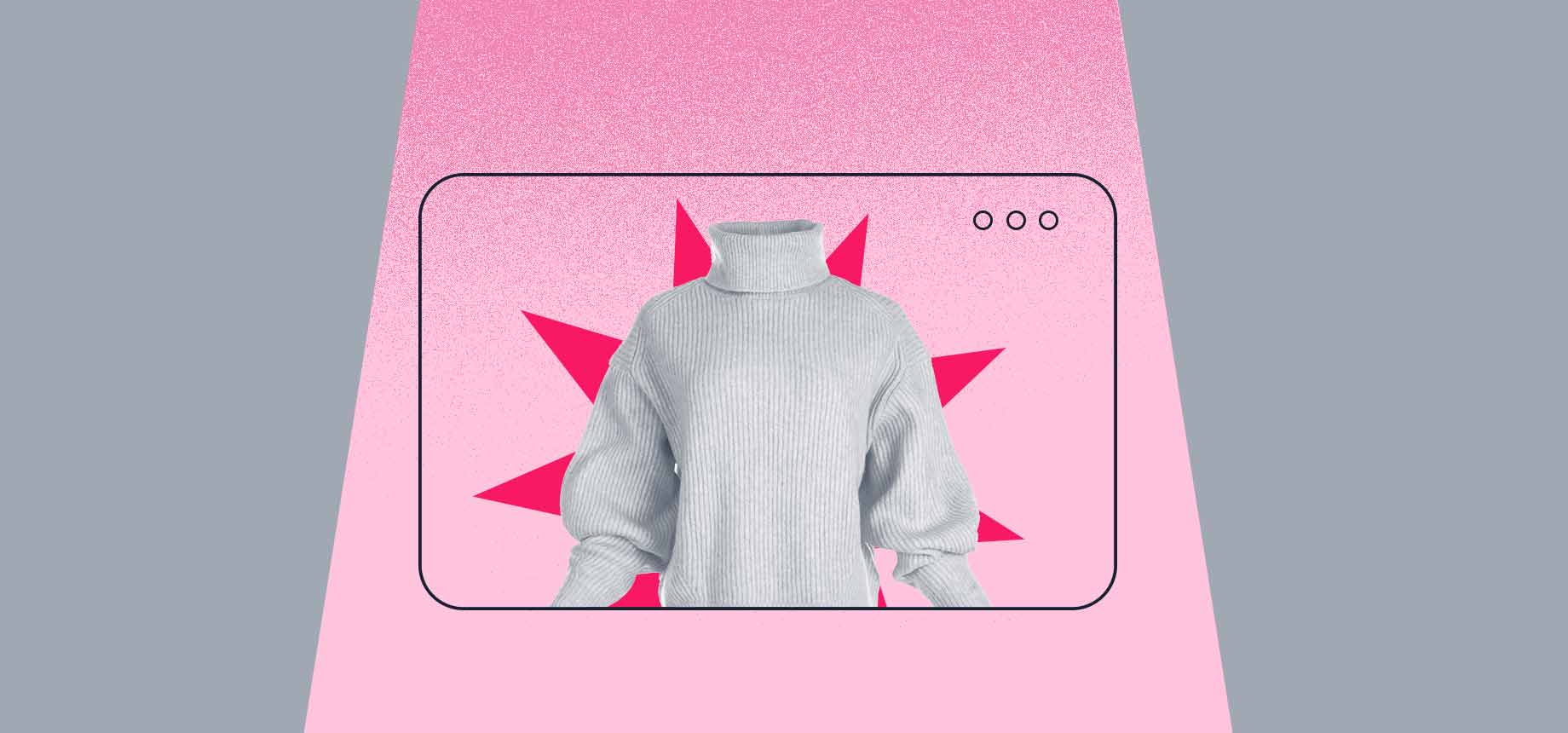
Fashion is one of the industries that has had to adapt the most in order to have successful ecommerce operations, and this head start has improved its online presence’s footing and made the industry an online reference. But this doesn’t mean the push to be better is finished.
Today, most fashion retailers successfully fulfill the basic needs of their customers when it comes to product pages, recommended products and size charts, but there are still many other areas of opportunity for online channels to offer a better customer experience.
In this article, we’ll enlist the most promising ones, according to a VTEX expert with years of experience in the fashion industry: Ricardo Rodríguez, VP of Enterprise Sales at VTEX Mexico.
In the ecommerce space, convenience is king. Despite this, most fashion brands don’t offer same-day delivery, or even next-day delivery. This shortcoming is a consequence of the way their logistics operations are set up, something that could potentially be changed for the benefit of the customer.
“VTEX has a pretty strong shipping strategy module, in which you can relate certain stock to certain fulfillment centers according to the final point of delivery. This can include distribution centers and even ship-from-store, which is something not every platform allows. ”
Ricardo Rodríguez, VP of Enterprise Sales at VTEX Mexico
The way in which many big apparel brands are set up in their brick-and-mortar locations means that they have to register big distribution centers, physical stores — big and small — and the small warehouses related to each location, which can cause headaches if the digital platform isn’t ready.
“The structure can get very complex. If you can’t configure all the points you want as additional warehouses, and connect those inventories, you won’t achieve a good omnichannel operation. This will later bring in problems in the form of broken inventory, incorrect product deliveries and long delivery times.”
Ricardo Rodríguez, VP of Enterprise Sales at VTEX Mexico
Another solution could be setting yourself up as a marketplace, since this can cut the fulfillment middleman, and allow for a faster delivery by implementing dropshipping without the need to invest in having more stock available.
Fashion is all about seasons. This means that most retailers work with stock that requires a really fast turnaround and they need to push some garments out to clients by discounting the price after a life cycle of only around three months. The more flexible you can be with these discounts, the better.
“There are regular discounts of a certain percentage, but there are more complex promotions that depend on the objectives: if you want to increase the number of items on each ticket, you can condition a discount on the purchase of another product, for example. These things require a good promotion system in order to run smoothly.”
Ricardo Rodríguez, VP of Enterprise Sales at VTEX Mexico
The discounts can be even more complex if they are linked to the purchase of one specific item. In order to pull off this type of offer, you need to have a strong catalog module and a good recommendation system, something we’ve talked about before.

Retailers, now more than ever, have the opportunity to outsource some small processes that can easily make a client’s life easier. For VTEX and its partners, the integration of end-to-end solutions and last-mile OMSs means a better experience for both buyers and sellers.
Take, for example, Janis: an Argentinian partner that specializes in sending pickers to fashion and grocery stores, with a smart mapping system at hand, in order to expedite deliveries.
“The smart mapping allows the delivery to be more efficient. After the items are paid, the same picker delivers to the buyer’s home. All this picking, packing, tracking and delivery is handled by Janis. It’s a solution that’s natively integrated with VTEX, and allows fashion stores to easily solve this other part of the sales equation.”
Ricardo Rodríguez, VP of Enterprise Sales at VTEX Mexico
There is also a huge opportunity when it comes to returns, a phenomenon that happens frequently in the world of fashion ecommerce when sizes might not be 100% accurate. Returns are still a pain point for some customers that would like return items to be picked up at home by a dedicated courier instead of having to take them to a secondary location. Once again, convenience is top of mind.
Given the many challenges faced by the fashion industry in the digital world, these areas of opportunity are yet another way to differentiate an online store from the competition.
There are other technologies that can be implemented in a website in order to make customers’ experiences better, and new trends will keep popping up, especially in such a competitive space as the fashion industry.
Improving a website through technologies that currently aren’t perceived as a must have is the easiest way to avoid playing catch up with the industry. Both fashion and ecommerce move rapidly, and it’s only a matter of time before there’s a next-big-thing. And who knows? It might already be here.

